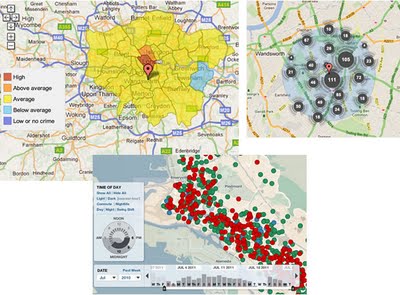

Intangible Value: In a very entertaining talk Rory advocates the importance of ‘intangible value’: its not anything real but its absolutely worth something. An example he doesn’t discuss is the placebo effect, results show you can put a patient in an operating theatre, slice open their knee, wiggle some tools around inside achieving precisely nothing and the patient is likely to report a real reduction in knee pain after the un-operation. Amazing isn’t it?
Earlier this year I did some user testing on Tours in Google Earth investigating my thoughts on best practices for producing tours in a more detailed fashion. Volunteers watched simple tours which flew them from one placemark to another via a variety of paths. The placemarks were then switched off and, from a high view, users were asked to identify where the markers were.
Preliminary results show some interesting outcomes that should be bourne in mind when producing Google Earth Tours (GETs):
(Cross-posted from google earth design)